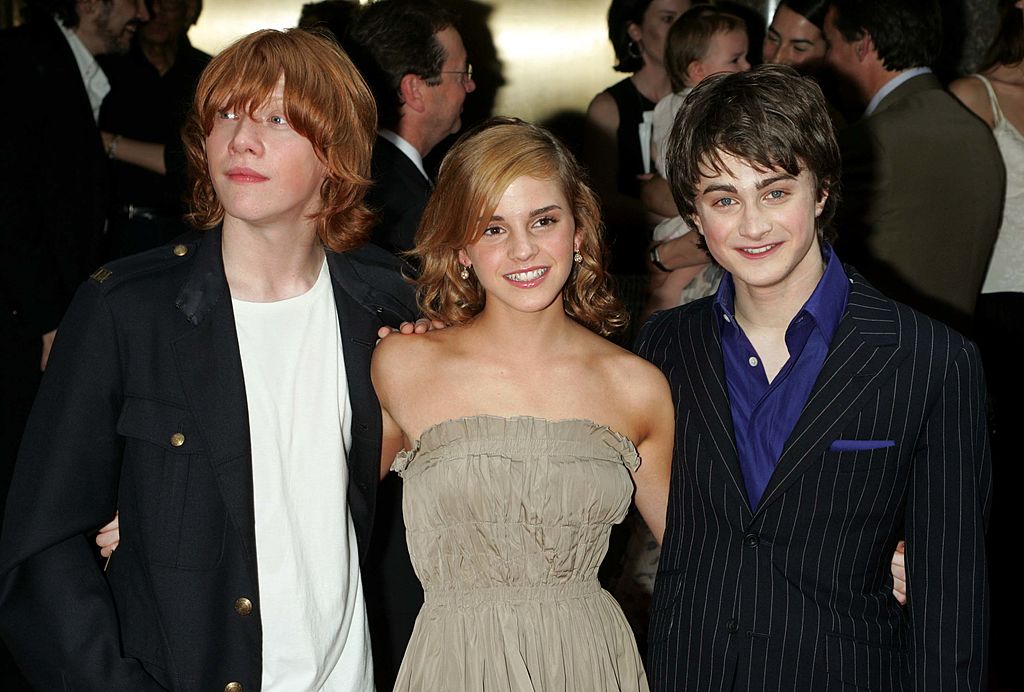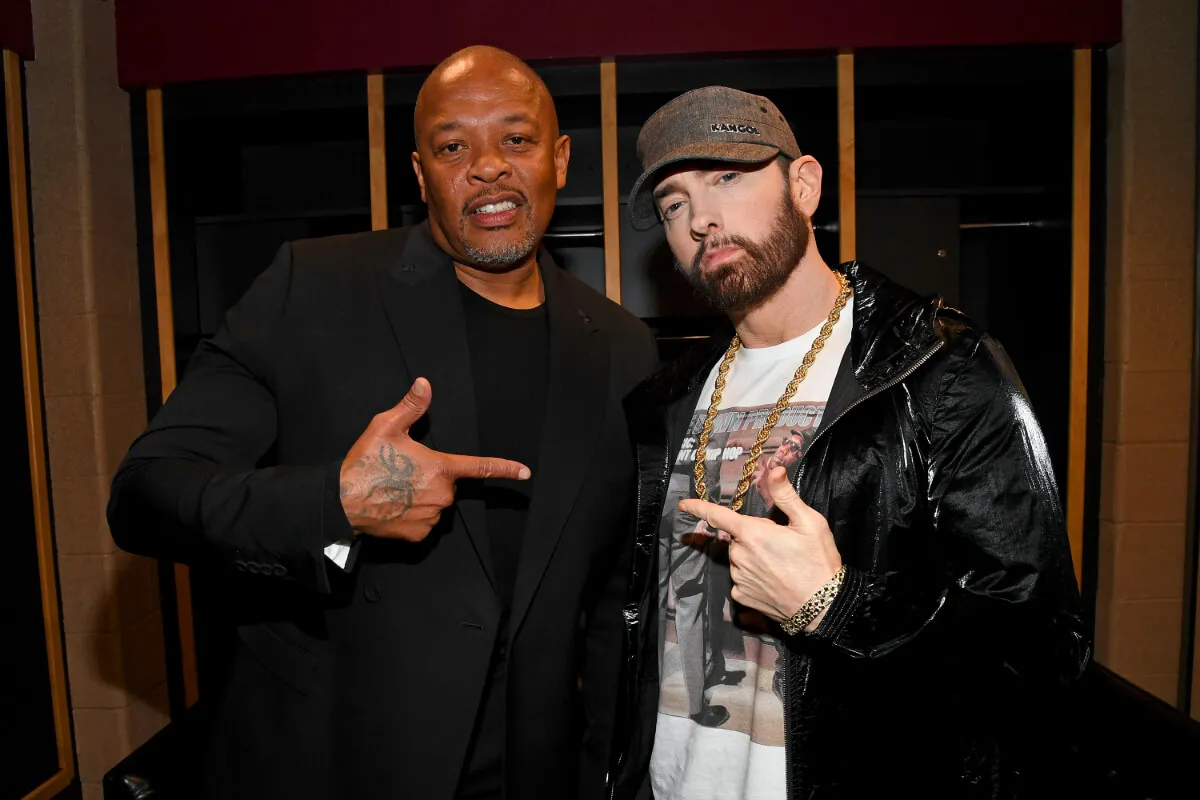‘Avengers,’ ‘Harry Potter’ and 7 Other Movie Series that Introduced Time Travel in the Sequels
Marvel Studios was very mysterious about Avengers: Endgame ahead of the film’s release. Miraculously, most moviegoers had no clue the movie hinged on time travel until they hit the theater. Of course, time travel movies are nothing new (e.g., The Time Machine, Back to the Future, etc.).
But bringing the concept in late in a movie series’ run is a risky move. Often, expanding a franchise’s premise to include time travel could come off as a desperate gimmick. Here are a few other franchises that introduced time travel into their sequels, with mixed results.

The Avengers and other comic book heroes love to jump through time
Fans thrilled when Earth’s Mightiest Heroes suited up for their “time heist.” But Avengers: Endgame isn’t the first time comic book heroes have time-traveled. X-Men: Days of Future Past — the seventh entry in the Fox series, including spin-offs — sent Hugh Jackman’s Wolverine back to the 1970s. And in doing so, the movie connected the original films with the reboot series.
Men in Black 3 also introduced time travel, as Jay (Will Smith) teamed up with a young Kay (Josh Brolin) in the 1960s. That series had always hinged on aliens, but it took time travel to erase the memory of the disappointing second film. Unfortunately, 1993’s Teenage Mutant Ninja Turtles III had the opposite result, effectively killing that series for over a decade.
Sometimes, sequels add time travel to an already fantastical world
Adding time travel usually fits within most movies based on comics. Since sci-fi or fantasy elements are often already in play, it all depends on how well the concept is executed. So Harry Potter and the Prisoner of Azkaban easily brought time travel into the magical world. All fans need is to learn about a magical device known as a Time-Turner, and they accepted it.
Likewise, Evil Dead II already had a book capable of awakening evil spirits and raising the dead. So it’s not a huge leap in logic for the Necronomicon to open portals. Austin Powers: The Spy Who Shagged Me also built on the first movie. The movies’ hero and villain journeyed from the 1960s due to cryogenic freezing. So time travel already feels like it’s baked into the series.
Other movie series end by exploring the roads not taken
Family-friendly movie series sometimes turn to time travel as a way of bringing things full circle. In the vein of It’s a Wonderful Life, they use the concept to explore “what if” scenarios that highlight the impact of the story that’s been told. It’s a narrative trick to shake up and hopefully end a series on a high note. Alternate universes don’t always work, but they are popular.
For instance, 2006’s The Santa Clause 3: The Escape Clause sees Tim Allen’s Santa disillusioned with his life. So in a desperate move, he is fooled by Jack Frost (Martin Short) into never having worn the suit in the first place. 2010’s Shrek Forever After follows a similar plotline, thanks to the sneaky Rumpelstiltskin (Walt Dohrn). Time travel truly is everywhere these days.


